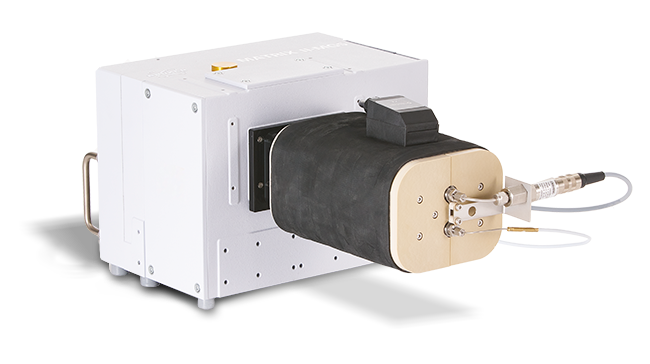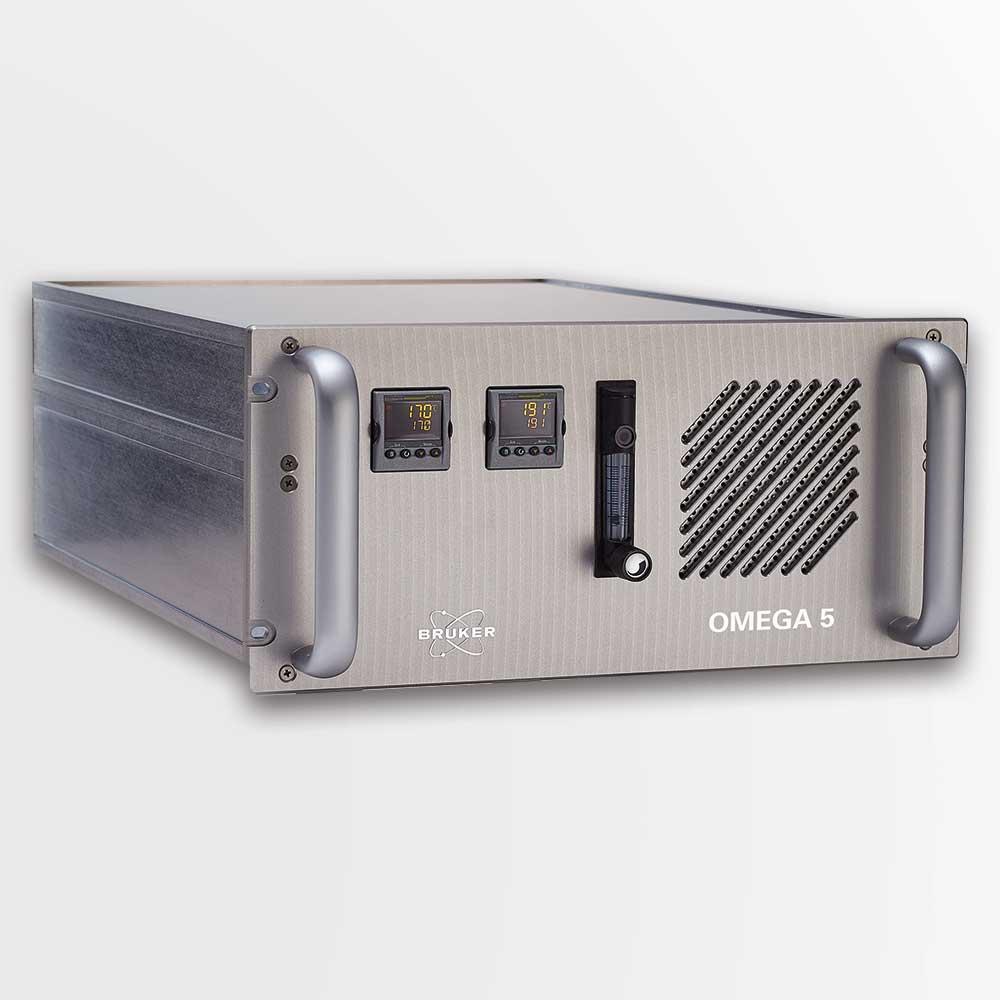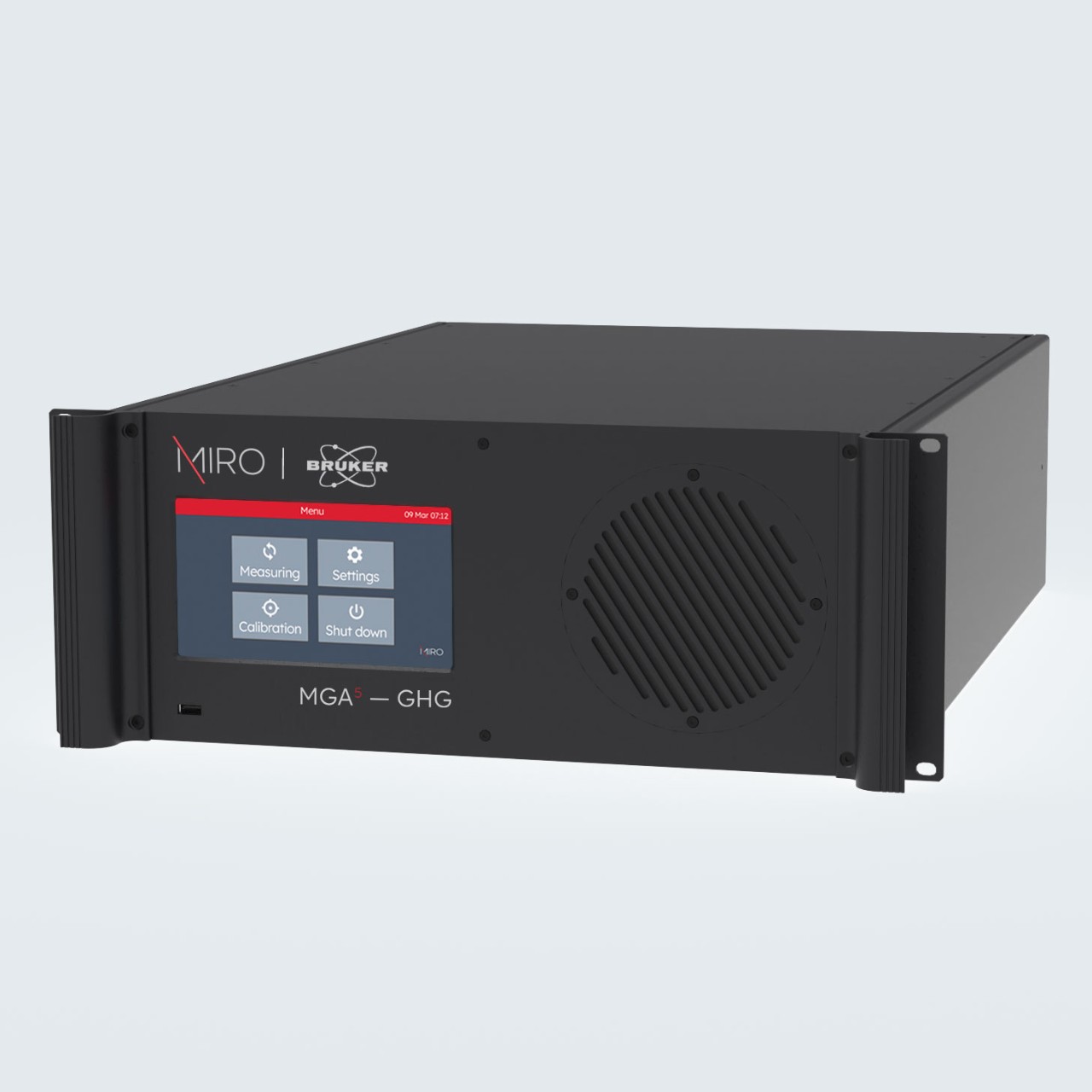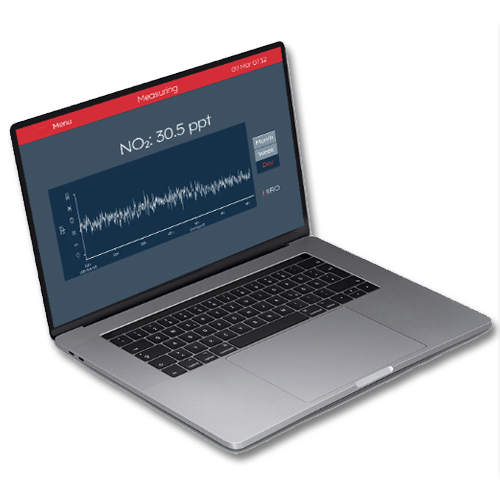MATRIX II-MG Series


Configurable High Performance for Gas Analysis.
The MATRIX II-MG Series comprises four high-performance FT-IR gas analyzers in a compact and rugged housing. They are designed for the automated, high precision and real-time monitoring of gas concentrations in many different applications. Whatever application you have in mind, you can configure the system to your needs:
PICK YOUR DETECTOR.
A variety of different detector types are available for your needs: detectors with exceptional sensitivity (liquid-nitrogen- or Stirling-cooled MCT), detectors with extended spectral range (DLaTGS) or detectors when liquid nitrogen is unavailable but low detection limits are yet required (TE-MCT).
HIGH SPECTRAL RESOLUTION AND FAST ANALYSIS.
The superior spectral resolution, surpassing 1.0 cm-1 (with an optional capability of exceeding 0.5 cm-1), facilitates the analysis of complex gas mixtures characterized by numerous overlapping infrared signatures. Furthermore, the high scan rate of up to 5 Hz at a resolution of 0.5 cm-1, in conjunction with the fast gas exchange option, enables the exploration of rapid processes such as catalytic reactions.
CALIBRATION-FREE QUANTIFICATION.
The MATRIX II-MG Series is operated by the gas analysis software OPUS GA. This software enables the quantification of over 350 compounds without the need for calibration measurements. For an accurate quantification, the pressure and temperature of the gas are constantly recorded throughout the analysis process.
ROBUSTNESS.
The permanently aligned RockSolidTM interferometer exhibits remarkable resilience to vibrations. The mirrors within the multi-path gas cells are gold coated for high corrosion resistance. Especially highly concentrated corrosive gases can be analyzed by the MATRIX II-MG01 due to its PTFE-coated gas cell and the single-pass measurement method, that prevents direct contact of the corrosive gas with the mirrors.
HIGH PRESSURE.
The high-pressure option provides the capability to conduct gas measurements at pressures of up to 15 bar (standard: up to 2 bar) for temperatures up to 30 °C. This option is particularly well-suited for the detection of extremely low gas concentrations, such as impurities, as well as for performing industrial online measurements of gases under elevated pressure conditions.
OPTIMIZED GAS CELL FOR YOUR GAS.
Gas cells with different optical path lengths, ranging from 10 cm to 26 m, are available to accurately determine mixing ratios across a wide concentration range, from percentage levels down to parts per billion (ppb). The selection of the optimal optical path length involves a careful balance between minimizing noise levels and optimizing the transmission of infrared light. This approach ensures that oversaturated infrared spectra, even when dealing with gas mixtures with IR active compounds in concentrations in the percentage range, are circumvented. Furthermore, to prevent condensation, the gas cells with an optical path length of up to 5 m can be heated to a temperature above 180 °C.
The MATRIX II-MG Series offers gas cells with different optical path lengths dedicated for your needs.



